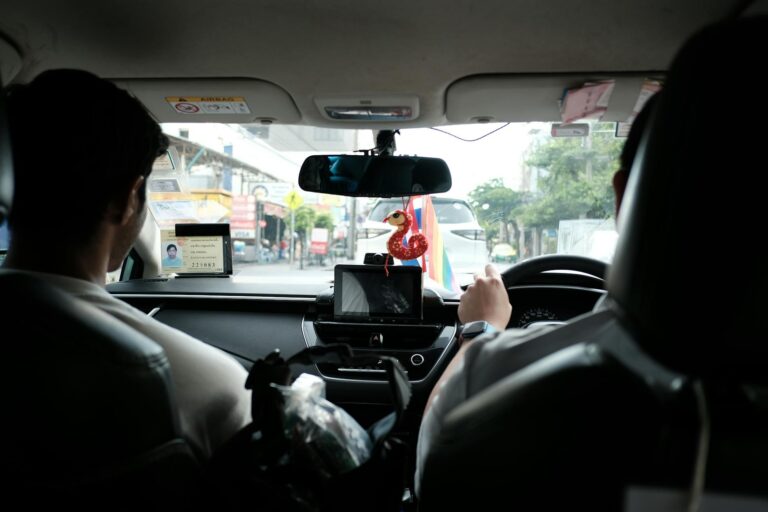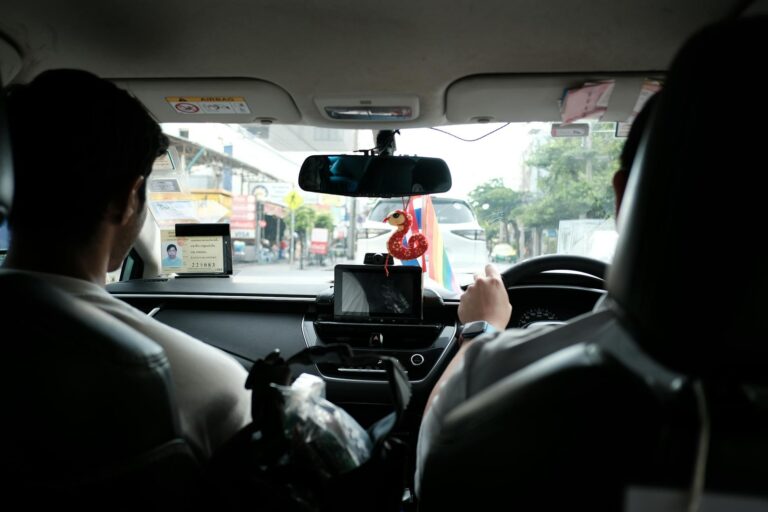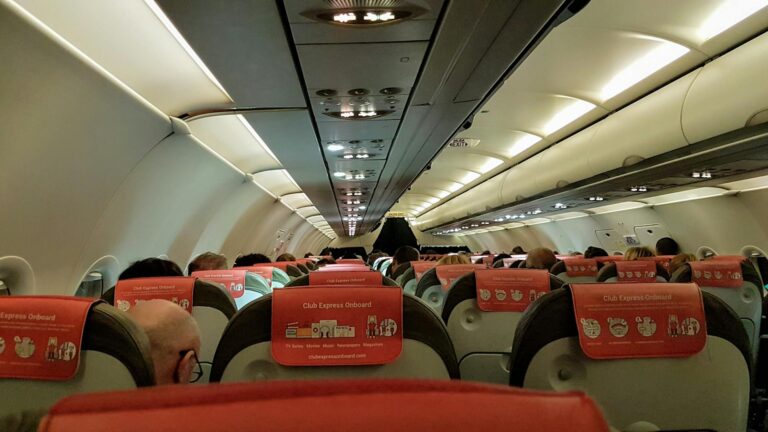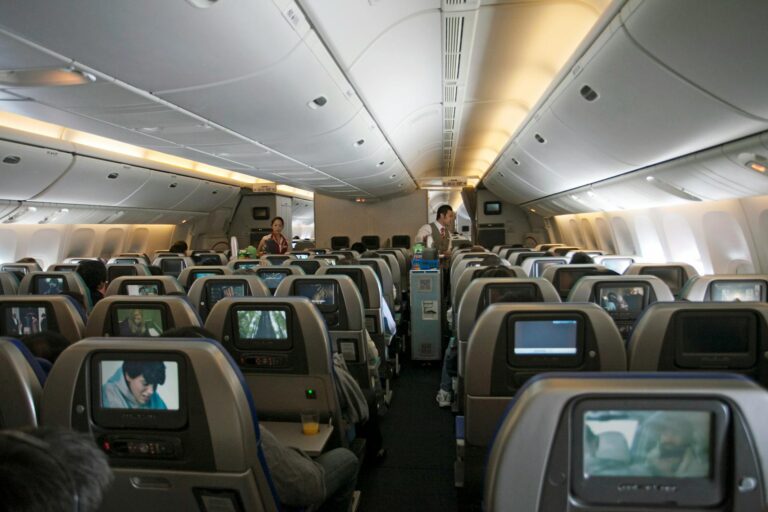Lufthansa Group Overhauls ‘Mileage Bargains’ With Partial Dynamic Pricing
Miles & More is moving core Lufthansa Group awards to partially dynamic pricing tied to Cash fares and retiring Mileage Bargains on those carriers.
TL;DR
- Miles & More is moving Austrian, Lufthansa, Lufthansa CityLine, and SWISS to partially dynamic award pricing from 3 June 2025.
- Awards now price off cash fares with expanded fare tiers—what you pick dictates baggage, seat selection, and flexibility (details).
- Other group airlines and partners keep an updated award chart, so value depends on which metal you fly.
Think of your points as a refillable transit card: some lines now meter by demand; others still post the fare on the wall.
What Changed — The Shift to Partially Dynamic Pricing

Photo by picjumbo.com on Pexels
Miles & More is re-signaling its network. Starting 3 June 2025, award pricing on Austrian, Lufthansa, Lufthansa CityLine, and SWISS is tied to cash fares instead of a fixed chart—call it partial dynamic pricing. The number of miles swings with the fare you choose, travel class, route, and booking timing (Business Traveller).
The fare menu also widens. Intra-Europe awards come in Light, Classic, or Flex; long-haul adds Light, Basic, Basic Plus, or Flex. Benefits and flexibility move with the tier, not just your status. Miles & More also confirms legacy products are changing: Flex Plus and Mileage Bargains are being withdrawn on these four carriers, and the umbrella name becomes “Award Flights” (details; program update).
Why It Matters For Your Miles
Dynamic pricing shifts the question from “What’s the chart?” to “What’s the fare doing right now?” That can unlock seats when demand is sleepy—and tax your balance when the city rushes to the same gate. Independent watchers note these systems often pull premium-cabin awards upward during busy periods, even as Economy sees occasional dips (analysis).
For years, Mileage Bargains were the express track: predictable discounts on set routes, including a well-known 55,000-mile round-trip Business between the U.S. and Europe. With those buckets ending on the core four airlines, expect fewer unicorn fares and more fare-following logic. I’m watching whether saver space shifts toward Economy while Business and First turn into timing plays.
Mile Math — How Redemption Costs Will Be Calculated

Photo by picjumbo.com on Pexels
Let’s decode the dials. Award mileage now leans on the fare you pick, cabin, route, flight timing, and when you book. It mirrors the same variables revenue teams use on cash tickets (source).
Miles & More adds that the calculation is informed by prices in the lower booking classes of each travel class, rather than a single flat figure (program page). On the ground, benefits become fare-centric. Seat reservations, baggage, and change/cancel rules align with the award fare you select, not your tier—and cheaper options are typically less flexible (confirmed here). One stabilizer: for a specific flight, fare, and date, the mileage amount generally stays put once displayed (Miles & More).
My take: run light mile math before you commit. If a shoulder-date cash fare slides, your award ask may echo the dip. If you’re eyeing a peak Business seat, sanity-check cents per point against a discounted cash fare and be ready to pivot to a nearby date or airport.
The Play — Practical Moves For Frequent Flyers
The new map rewards deliberate moves. Treat each search like a quick transfer: compare fares, test dates, and match the tier to how you actually travel.
- Price-compare every time. Parallel-search cash vs. miles for the same flight and tier. If your value per hour feels thin, buy the ticket and bank the miles.
- Pick tiers with intent. Light is a red-eye rescue for minimalists. If you’ll pay for a bag and seat anyway, Classic or Basic Plus can win on net comfort and fewer add-ons.
- Protect flexibility. Lower award tiers are non-cancellable. If plans might wobble, pay up a tier to avoid sinking miles into a rigid ticket (fine print).
- Time your asks. Aim for off-peak or midweek flights where the dynamic engine breathes easier. For prime-time, set alerts and be airport-flexible.
- Stack the predictable. Use partners where a chart remains, then bridge with a dynamic segment only if the math works (partner chart).
Barry B.’s Take
This is a classic split-grid: CFO logic for the core lines, posted fares for the side streets. I see three plays. First, lean into partner predictability for your long-haul spine, then use dynamic short hops as flexible connectors. Second, chase comfort delta, not just cabin labels—if a discounted cash Business fare narrows the gap, your miles can ride elsewhere. Third, mind the cash you’ll still owe: for now, you can’t redeem miles toward taxes, fees, or surcharges (Miles & More guidance).
One bright spot: Miles & More remains a direct line to Lufthansa First Class inventory, which keeps the program strategically relevant for aspirational flyers (context). Bottom line: dynamic isn’t doom—it’s a demand meter. Read it, and you’ll still find speed.
Where You Can Still Find Fixed-Chart Value

Photo by picjumbo.com on Pexels
Not every line went dynamic. Other Lufthansa Group airlines—ITA Airways, Brussels Airlines, Eurowings, and Discover Airlines—and Miles & More partners (including Star Alliance) keep an updated award chart instead of full dynamic pricing (LoyaltyLobby; program page).
In shared examples, Europe–North America priced at 62,500 miles one-way in Business or 107,500 miles in First. Use those as guardrails when you compare partner awards against dynamic asks on the big four. If a dynamic segment spikes, route via Brussels or Discover and bridge with a short hop.
Heads-Up & Fine Print
Two quick warnings before you book on autopilot. First, fare rules rule: seat reservations, baggage, and change/cancel flexibility now hinge on the award fare you pick—lower tiers can’t be cancelled, period (source). Second, for the time being you cannot redeem miles for taxes, fees, or airline surcharges—budget cash for those (policy note).
One more heads-up: Miles & More has flagged that login can be limited due to a temporary technical issue. If the site stalls, try later or use the app (notice).
Buzz Verdict
Verdict: a mild devaluation at peaks for premium cabins, but workable value remains if you steer into partners and off-peak dates. Spend with intent, not impulse: ride partners for predictability, probe dynamic flights for shoulder-date value, and only splurge on premium when the comfort delta beats your cents-per-point target.
Final Thoughts
This shift makes Miles & More feel more like a living city grid than a static map. The posted fares are fading; the demand meters are lighting up. That’s fine—if you bring a playbook.
Use partners for fixed guardrails, pick fare tiers that match your real needs, and time searches when the engines breathe. Do that, and your miles will still move at rush-hour speed.
Key Takeaways
- Dynamic pricing on core carriers means your value swings with cash fares; always run a quick miles-versus-cash comparison.
- Choose award tiers for how you actually travel—buy up for flexibility if plans might wobble, and downshift only when you’re sure.
- Use partner charts as your steady spine, then bolt on dynamic segments only when the math and timing align.
- Budget cash for extras: you can’t apply miles to taxes, fees, or surcharges for now.
FAQ
Q: Will existing Mileage Bargains or awards booked before 3 June 2025 change?
A: Official updates focus on bookings from the changeover date. In practice, tickets issued beforehand usually keep their original pricing and rules. If you modify after the switch, expect the new logic to apply. Always check your e-ticket and fare conditions before making changes, and confirm with Miles & More if you’re unsure.
Q: Which Lufthansa Group airlines move to dynamic pricing and which keep a chart?
A: Austrian, Lufthansa, Lufthansa CityLine, and SWISS adopt mileage amounts linked to cash fares and booking variables. Other group carriers—ITA Airways, Brussels Airlines, Eurowings, Discover Airlines—and partners (including Star Alliance) retain an updated award chart, offering more predictable pricing on many routes.
Q: If I choose a cheaper award fare tier, what flexibility do I lose?
A: Lower tiers trim benefits and flexibility—think tighter baggage rules, paid seat selection, and no cancellations. The mileage ask may be lower up front, but your risk rises if plans change. Higher tiers add options like changes or cancellations and may include extras that would otherwise be add-ons.
Q: Should I burn miles on premium Lufthansa cabins now or wait?
A: If you spot a strong off-peak window with good cents-per-point, book it. Dynamic systems often lift premium pricing during busy periods, so timing matters. Otherwise, use partners for chart predictability while you watch how the new engine behaves on peak dates and fresh schedules.
Get more traveler-first frequent flyer intel at milesBUZZ.






